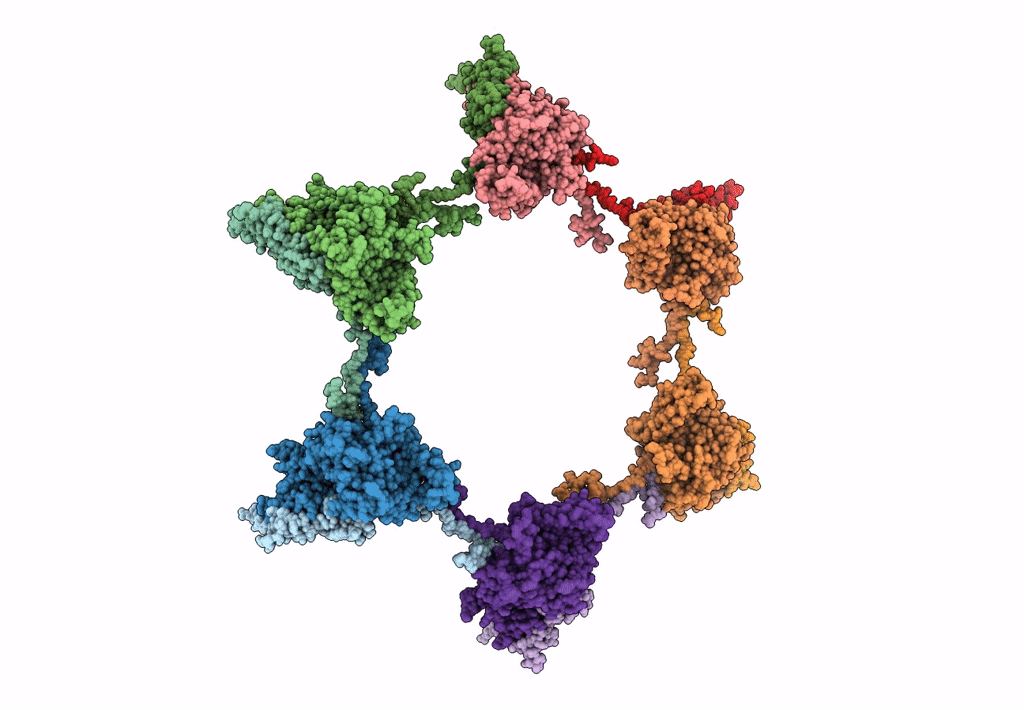
Deposition Date
2015-02-11
Release Date
2015-03-18
Last Version Date
2024-02-21
Entry Detail
Biological Source:
Source Organism:
Francisella tularensis subsp. novicida U112 (Taxon ID: 401614)
Method Details:
Experimental Method:
Resolution:
3.70 Å
Aggregation State:
FILAMENT
Reconstruction Method:
HELICAL


